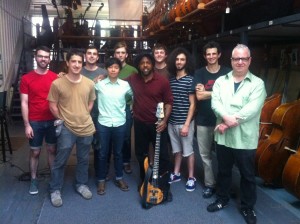
College animation students collaborate to make one of our favorite TED-Ed Lessons to date
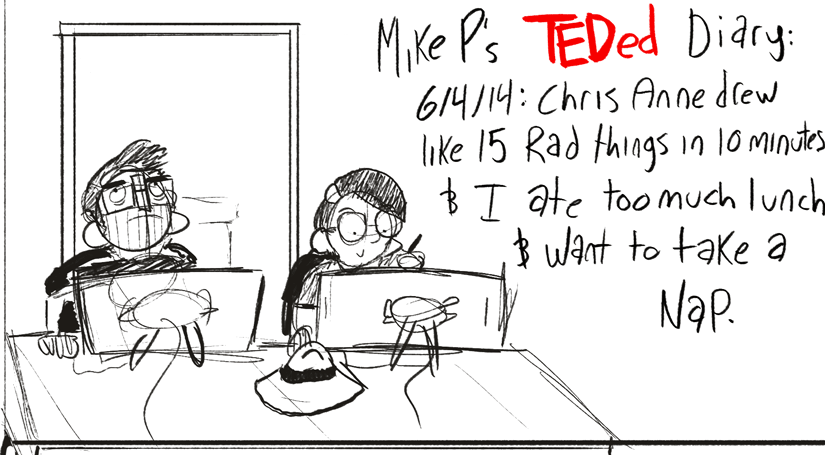
‘The History of Tattoos’ TED-Ed Lesson marks an exciting milestone for TED-Ed: it’s our first lesson animated by a team of college students! But if you expect the final product to be amateur due to their age and student status, you’d be mistaken — it’s one of our most vibrant, clever and stunning animations to date. We caught up with the rowdy five person crew to talk about art, tattoos and creating animation in a group.
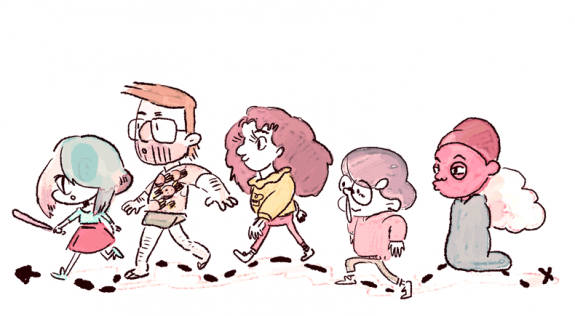
The crew. From L to R: Sam Lee, Mike Patten, Rena Parisi, Chris Anne Lindo, and Claire van Ryzin
In the room were Sam Lee, the director and animator; Mike Patten, a second director and storyboard artist; Rena Parisi, a designer and storyboard artist; Chris Anne Lindo, an animator and a layout artist; and Claire van Ryzin, an animator and designer. All five are seniors in the undergraduate animation program at the School of Visual Arts in New York City. Lee, who had previously worked with TED-Ed as an animator on our ‘Why is yawning contagious’ lesson with TED-Ed Animation Director Biljana Labovic, got them the gig, which was also the first project they had ever worked on as a group.
The lesson looks amazing! What was your favorite part about animating this piece?
S: That first animatic that we put together, when we first saw everything on a timeline playing, was magical.
M: But then constantly updating the animatic was not magical at all!
R: It was nice to have the freedom we had stylistically. I didn’t think that would be a thing, and that was lovely.
R: I liked coming up with transitions. That was really nice and fun. I don’t know — that’s not the most creative answer!
M: I liked [story-]boarding it out and then seeing what Rena was boarding. Because they were just so drastically different. Her transitions were amazing, and then I would be like, ‘Yeah … I’ve got to do something better than what I did.’
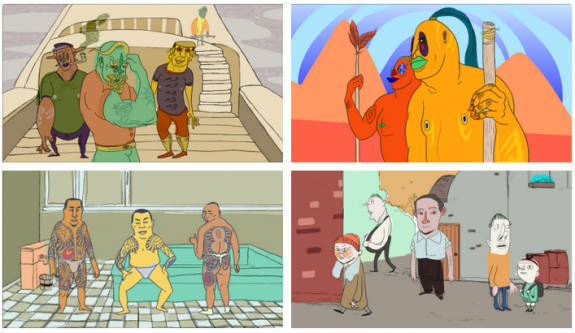
The group’s first pass of style frames and concept design
You were both storyboard artists on the lesson. As an animation newbie, walk me through that process. Did you both storyboard a completely different thing?
M: Yeah — when we got the script, we would just break it up into different sections, and we would say, “Okay, this is a scene, this is a scene,” and then I would take one scene, and Rena would take another one.
R: Yeah. We color-coded paragraphs, so, “You take orange, and I’ll take blue, and then tomorrow we’ll go through the rest of the rainbow.” It worked well that way, and I think it was actually quite easy to work with Mike on that.
M: Yeah, that was a lot of fun.
Is it ever hard when animating in a big group to match everybody’s aesthetic?
M: Oh, totally.
S,M,R: Yeah.
C: I think it really worked though. I think there’s enough variety between the five of us that there was a lot of interesting stuff being produced, but at the same time we’d work on top of each other and make something that still looks cohesive for five artists working together.
M: Yeah — there were boards that I did that had little characters that didn’t make it in, because they got replaced by completely better ideas.
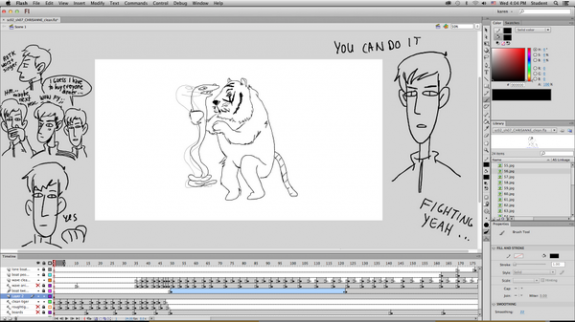
Chris Anne draws herself some motivational drawings on the side to keep her moving forward
Was there anything that was challenging about creating something educational as opposed to purely artistic?
Sam: I would say that one of the challenges for me as a director was letting Rena and Claire go crazy, but at the same time keep it literal enough so that it’s still comprehensible visually with the script.
Claire: Yeah, and we had to be as accurate as possible too.
M: Yeah — I spent a good week just gathering tattoos of friends and family, thinking, “Oh yeah, we could use those, we could use those!” We didn’t use any of them. We just couldn’t fit it in anywhere! Even though we had all this freedom with it, I couldn’t just put somebody’s eagle tattoo in — it needed to be somebody else’s war tattoo.
Do you have any advice for a high-school student or a middle-school student looking to become an animator?
M: Just keep drawing and don’t let anybody tell you you can’t do it. Just follow your dreams, you know? Maybe not.
C: My biggest advice for someone in high school would be just to keep thinking new things, and to find new things that you haven’t done before — just because there’s a stereotypical way that animation is made in this country doesn’t mean that your work has to look like that.
R: Also, be aware that your work will get critiqued. The point is to stay true, because I’ve heard so many people say, “I forgot how to draw.” Because we’re people, we get frustrated, and you have to remember that critiques are not personal.
CA: Learn from other people too. And take care of your hands, because they’ll hurt, and you’ll use them a lot.
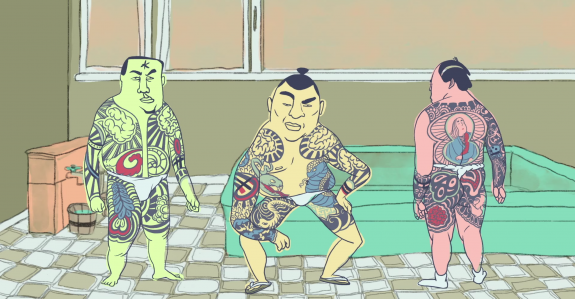
A still from the final animation
Do any of you have plans for how you want to pursue animation after college?
M: We want jobs!
C: We’re all in our last year, so we’re all probably thinking about this a lot. And I don’t have an answer, I don’t know if anyone else has an answer, but I just want to be surprised at this point. Working on this project felt awesome. I was really happy doing it. Honestly, if I could just make cool things with cool people I would be ecstatic.
Do any of you have tattoos?
[All]: No.CA: We should all get the same tattoo.
S: Or a tattoo where we all put our arms together and it makes one.
M: And make it Hulk Hogan on a rhino.
Check out the final product of this collaboration below. For more insights into this group’s animation process, check out their blog. >>
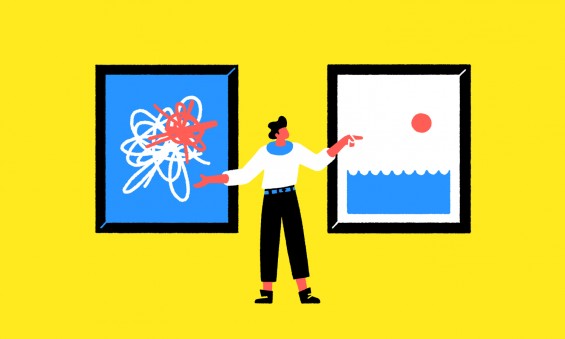
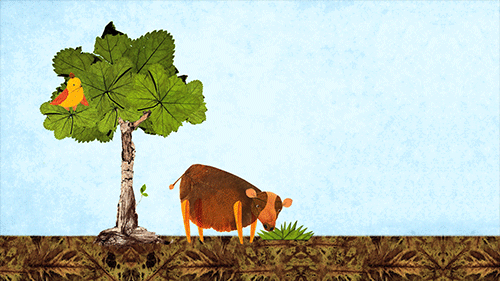
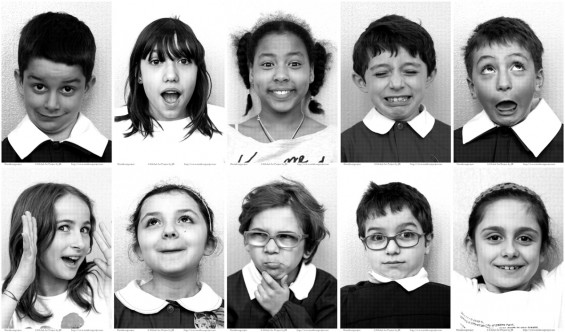

GANDA MO TE
This is a great example of building something great. Because of that people are developing new ways of building the next generation tattoo machines
Get a plant from your local nurseryman, (or -woman) who will advise you regarding types suitable for your local conditions.
Let’s start with an extremely brief history of Green Tea.
Matcha is the Japanese word for “finely powdered tea.